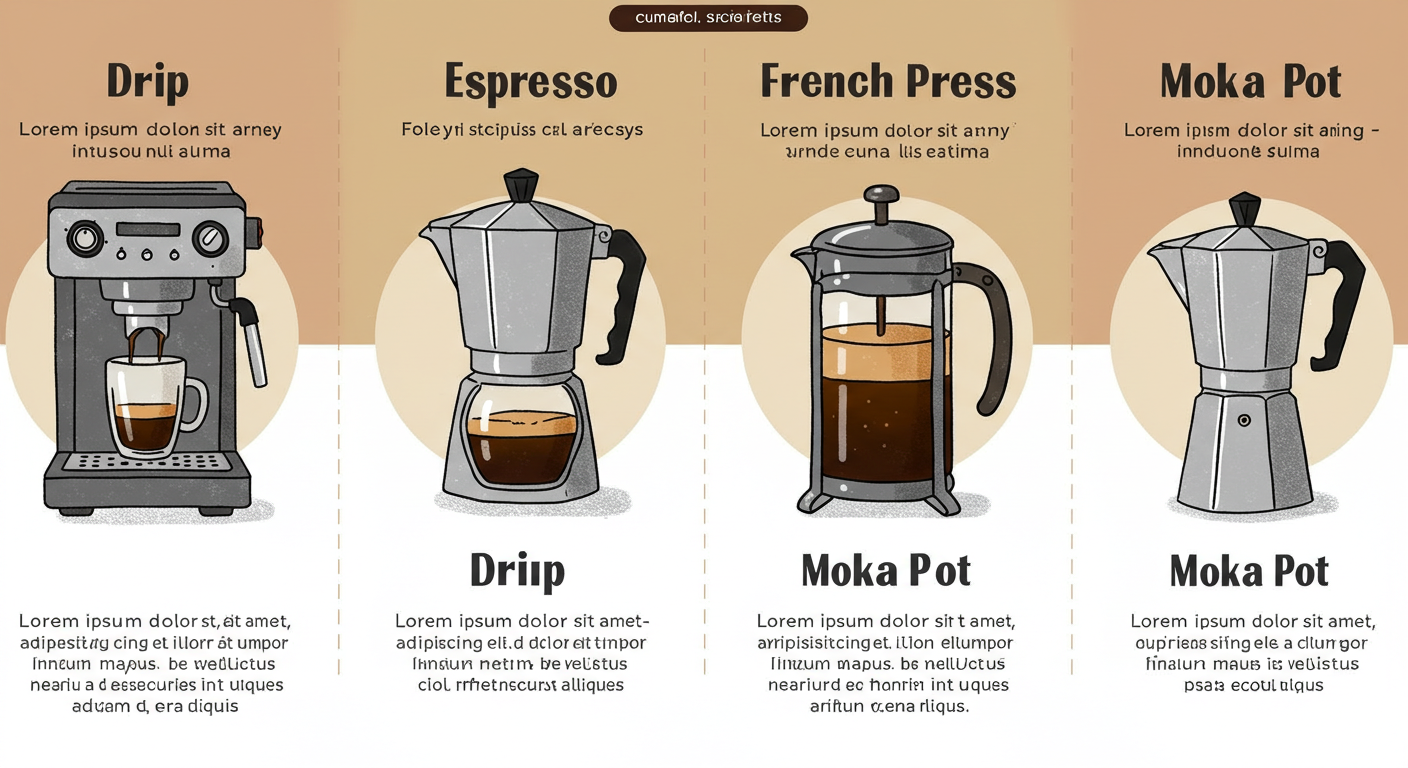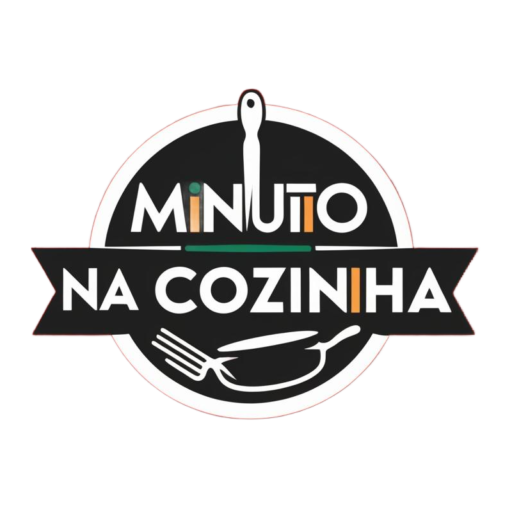Coffee lovers know there’s more than one way to brew a delicious cup. But with so many options — drip, espresso, French press, and Moka pot — it’s easy to get confused about what makes each method unique.
In this guide, you’ll discover the main differences between these four popular coffee brewing methods: from how they work, to the kind of coffee they produce, and which one might be best for your taste and lifestyle.
Drip Coffee (Filter Coffee)
How It Works
Drip coffee, also known as filter coffee, is typically made using an electric drip machine or manual pour-over system like a Chemex or V60. Water is heated and slowly drips over a bed of coffee grounds held in a paper or metal filter.
Taste Profile
- Clean and smooth
- Balanced body
- Less intense than espresso
- Mild acidity
Ideal For:
- People who drink multiple cups a day
- Office settings
- Those who enjoy light to medium roasts
- Coffee drinkers who value clarity and simplicity
Pros:
- Consistent results
- Easy to make in large batches
- Simple to operate
Cons:
- Less control over brewing variables (in electric models)
- Can taste flat if beans or water quality is poor
Espresso
How It Works
Espresso is brewed by forcing hot water through finely-ground coffee under high pressure (usually around 9 bars). It’s made using a specialized espresso machine and yields a small, concentrated shot.
Taste Profile
- Strong and intense
- Rich crema on top
- Bold, full body
- Lower acidity but higher bitterness
Ideal For:
- Fans of rich, bold coffee
- Those who enjoy lattes, cappuccinos, and other espresso-based drinks
- People who want quick shots of energy
Pros:
- Strong and fast
- Great base for coffee drinks
- Full control with manual machines
Cons:
- Requires expensive equipment
- Steep learning curve
- More cleanup and maintenance
French Press
How It Works
The French press (or press pot) involves steeping coarse coffee grounds in hot water for several minutes before pressing a plunger down to separate the grounds from the brewed coffee.
Taste Profile
- Full-bodied and robust
- Rich in oils and fine particles
- Heavier mouthfeel
- Slightly gritty at the bottom
Ideal For:
- People who like stronger, earthy flavors
- Coffee drinkers who appreciate body over clarity
- Home brewers who enjoy manual methods
Pros:
- Inexpensive
- No paper filters needed
- Easy to use and clean
Cons:
- Can be muddy or over-extracted if left too long
- Less clarity than drip methods
- Needs coarse grind to avoid sediment
Moka Pot
How It Works
The Moka pot (also called stovetop espresso maker) brews coffee by passing boiling water through coffee grounds using steam pressure. It’s a traditional Italian method that produces a bold cup — similar to espresso but not quite the same.
Taste Profile
- Strong and rich
- More bitter than espresso
- Concentrated but not as thick
- Slightly metallic if not properly maintained
Ideal For:
- Espresso lovers on a budget
- Fans of strong coffee without fancy machines
- People who want a bold taste without complexity
Pros:
- Affordable and durable
- Doesn’t require electricity
- Compact and travel-friendly
Cons:
- Can easily burn the coffee if overheated
- Cleanup can be tricky
- Not true espresso — no crema
Quick Comparison Table
| Method | Strength | Texture | Brew Time | Equipment Needed | Skill Level |
|---|---|---|---|---|---|
| Drip Coffee | Mild | Clean | 3–5 mins | Drip machine or pour-over | Easy |
| Espresso | Strong | Thick, with crema | ~30 sec | Espresso machine | Intermediate |
| French Press | Bold | Heavy, oily | 4–5 mins | French press | Easy |
| Moka Pot | Strong | Bold, less crema | 5–7 mins | Moka pot | Easy/Medium |
Which One Should You Choose?
Choosing your ideal brew method depends on your taste preferences, budget, and routine.
- Want fast, strong coffee? Go with espresso.
- Prefer something mellow and clear? Choose drip coffee.
- Craving bold and earthy? Try the French press.
- Looking for intensity without a big investment? The Moka pot is your best friend.
You might even find that you enjoy switching methods depending on your mood or time of day. Each has its charm — and exploring them is part of the fun.


